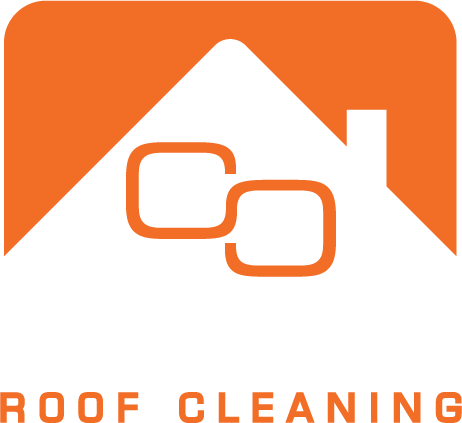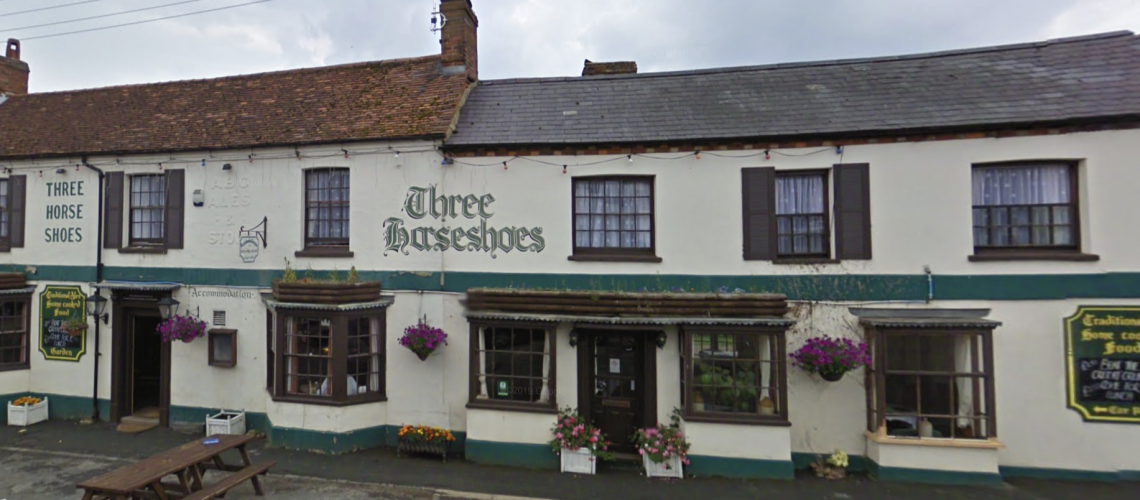As a homeowner you may be oblivious to the fact that there are several different types of roof tile. All roof tiles can seem the same to you, but they each have characteristics and cleaning methods all their own.
The most popular type of tile that we clean are concrete tiles, which are mass produced and found on houses throughout Milton Keynes and across the UK.
Following behind are Clay tiles, Clay tiles are generally found on older properties and on higher end new builds.
Slate is the final option material type that we often clean, a more expensive option for roofing so normally found on period properties.
As a roof cleaning contractor in Milton Keynes we provide the following insights to help you choose the right roof cleaning method for your roof – pressure washing your roof is usually a bad idea!
Concrete Roof Tiles
Concrete roof tiles come in various shapes and sizes, and come from many different manufacturers in the UK. They are often coated with a protective shingle that may be coloured.
Concrete tiles can be flat or shaped, also known as wavey or curvey tiles.
Concrete roof tiles are best suited to a scrape and biocide method of roof cleaning, our preffered roof cleaning method. Most of the housing estates in Milton Keynes have concrete roof tiles.
Clay Roof Tiles
Clay tiles are made purely of natural clay, making them very long lasting, very pourus and therefore prone to moss and algae growth. When new, or professionally cleaned they are a bright vibrant red colour.
There are two methods of cleaning clay tiles which is most suitable will depend on the condition of the clay roof tiles.
If the tiles are very old and britle then a scrape and biocode would be the very best option for cleaning, this is the most gentle roof cleaning method and is very long lasting with the correct biocide application.
If the clay tiles are in great condition then steam cleaning becomes an alternative option, however that does come with a slight risk of water ingress if there is any damage to the key areas of your roof such as ridges, hips and valleys.
Clay tiles are found on many of the older properties in the villages around Milton Keynes including on the roof of St Mary & St Giles Church, Stony Stratford.

Slate Roof Tiles
Slate roof tiles can either be cut from a solid piece of slate or pressed and formed from composite materials – or a mixture of natural slate and composite material. Slate tiles are found on period properties throughout Milton Keynes and are very common in the surrounding villages. One example is the slate roof on the Three Horseshoes Pub at 10 Main Rd, Drayton Parslow, Milton Keynes MK17 0JS which also has a clay roof.

Slate can like clay be very britle, especially thinner natural slate tiles. Composite tiles are generally much stonger than thier natural slate counterparts.
Moss growth on the actual slate is usually very sparse, the growth of moss normally begins in the joins of the slates – this is because the smooth surface of slate makes it tough for moss to get a grip to begin its growth.
Slate is suitable for either steam cleaning or biocide application following a scrape of the moss buildup.
One cavet with slate is that, if the slate is a composite mix and the outer coating has perished because of UV damage then biocide working to remove the atmospheric dirt from the tile will expose the white composite fibres of the tile.
Choose the leading Roof Cleaning Firm in Milton Keynes
As a specialist roof cleaning contractor in Milton Keynes you can be sure that we have the knowledge, equipment and training to deliver a first class roof cleaning service to each and every client – that’s why we are quickly becoming the leading Roof moss removal contractor in Buckinghamshire.
Call us today on 01908 596009 for the very best roof cleaning and moss removal service

